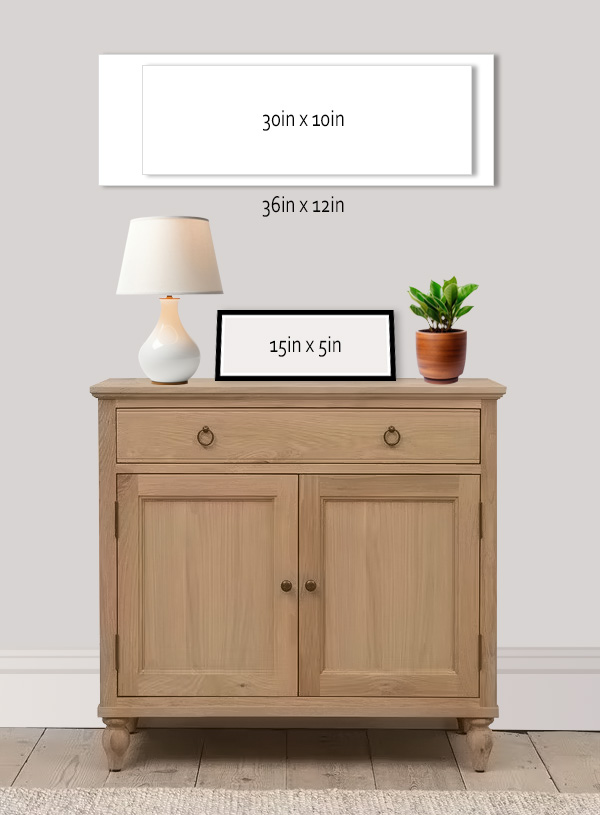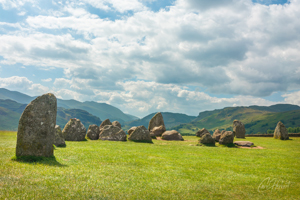

Castlerigg Stone Circle Keswick Panoramic Foam Backed Prints
Castlerigg Stone Circle Keswick Panoramic Foam Backed Prints.
Enjoy a premium, ready-to-display photographic print with exceptional colour, sharpness, and durability. Choose from three high-quality paper options:
- Lustre - A stiff, middle-weight 270gsm paper with a slight surface sheen and a bright white base. This multi-award-winning paper offers an excellent colour range while being easy to handle, reducing the risk of fingerprints or damage.
- Gloss - A stiff, middle-weight 270gsm paper with a highly reflective gloss finish and bright white base. Its wide colour gamut and high D-MAX ensure deep blacks and vibrant colours for stunning, high-impact results.
- Fine Art Matt - A premium 308gsm Hahnemühle paper with a smooth, chalky texture and ultra-matte finish. This museum-grade paper enhances depth and richness, giving your image a three-dimensional look.
Each print is mounted onto black, 3mm Foamex - an ultra-durable, moisture-resistant PVC substrate that remains lightweight yet rigid. Perfect for displaying on an easel or mounting with the included Velcro strips, without the need for framing.
Supplied without a border unless otherwise specified.
Optional lamination is available in satin or gloss to match your selected paper, providing extra protection against moisture and handling. However, lamination is not recommended for Fine Art Matt paper, as it will obscure its authentic texture.
The use of acid-free papers and archival inks ensures that your print will last a lifetime without fading or loss of color.
Castlerigg Stone Circle, located on a low hill near Keswick in Cumbria, is one of Britain's earliest stone circles, dating back 4,000 to 5,000 years to the Neolithic period. The circle consists of 38 stones, some as tall as 3 meters (10 feet). Its purpose remains speculative, but it likely served ceremonial and astronomical functions, marking significant solar and lunar events crucial for Neolithic agricultural societies.
The construction of Castlerigg would have required significant community effort, reflecting sophisticated social structures. The stones, sourced from nearby areas, were transported and erected with precision, showcasing the builders' skills and communal effort.
Surrounded by the peaks of Skiddaw, Blencathra, and Helvellyn, Castlerigg offers stunning panoramic views that may have held spiritual significance for its creators.
In 1882, Castlerigg was among the first sites protected under the Ancient Monuments Protection Act, highlighting its importance to Britain’s archaeological heritage.
To reduce the load on mobile data the image has been uploaded at a reduced dpi, which may affect how some detail is displayed. All images are printed at 300dpi or higher. Depending on the calibration of your screen, image colours and brightness may appear less vibrant than the actual print.







